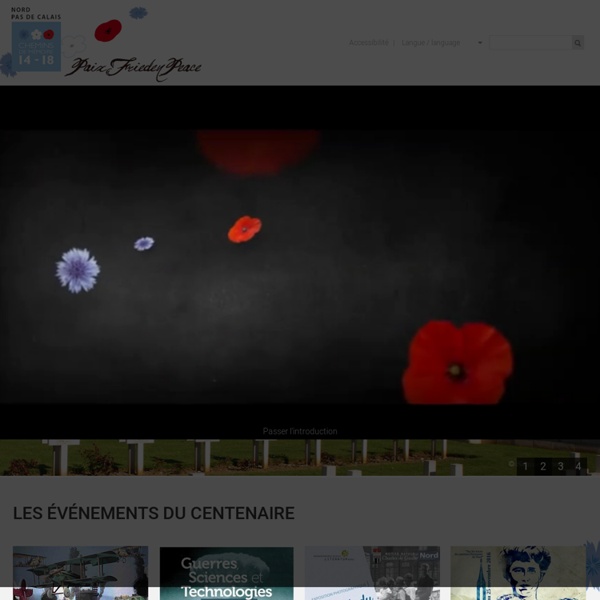



Arras, France tunnels' connection with New Zealand Last updated 12:14, April 24 2015 Arras France Tourism Guide website NZ soldiers dug tunnels under the French town Arras during World War One. Bonds forged between a French city a century ago are continuing to grow stronger, with officials from Arras visiting New Zealand for its Anzac commemorations. Beneath Arras, in the north of France, lies a vast series of tunnels signposted with New Zealand names - Bluff ... Russell … Wellington. Maybe the Kiwi soldiers who lived and worked in them just wanted to feel at home. And beneath Wellington, is a new road tunnel near the Basin Reserve - Arras Tunnel. READ MORE: * INTERACTIVE: Why Gallipoli? For 41 New Zealand soldiers Arras would be the last home they would ever know, as they tunnelled, fought and died on the Western Front in WW1. Arras has never forgotten the sacrifice New Zealand made. On Wednesday,they laid the first stone at the Waihi memorial to the tunnelling company that sent hundreds Kiwi labourers to their hometown in 1916.
Arras Tunnel | Ministry for Culture and Heritage Arras Tunnel, under Pukeahu National War Memorial Park, during the construction of the park in 2015. Credit: Photograph by Andy Palmer, Manatū Taonga Arras Tunnel, which passes under Pukeahu National War Memorial Park, was opened to traffic on 29 September 2014. Scattered along both walls of the tunnel are 273 decorative red poppies, a symbol of remembrance. The poppies become more densely packed as you pass the National War Memorial, reminding people that they are passing through a significant commemorative space. Why is it called Arras Tunnel? Arras Tunnel was named to honour the wartime efforts of the New Zealand Tunnelling Company in the French town of Arras during the First World War. Arras lay close to the front line for most of the war and, despite suffering extensive damage from bombardment, it remained a key Allied stronghold because of one major advantage – it was built on chalk. The New Zealand Tunnelling Company A town beneath a town Credit: Alexander Turnbull Library.
war arras tunnels pics The Battle of Arras (April 1917)- Remembrance Trails of the Great War in Northern France The Battle of Arras took place in the spring of 1917 and was one of the principal offensives undertaken by the British Army on the Western Front, similar in scale to the Battle of the Somme and the Third Battle of Ypres. Under Allied control but situated just a few kilometres from German lines for the whole of the war, the town of Arras formed a salient in the front and as such, from October 1914, was a regular target for German artillery. The medieval town hall and its belfry were completely destroyed and much of the centre was severely damaged. By February 1916, with very little of its civilian population remaining, Arras had become a British town and conducted its affairs in both French and English. The Allies' plans for 1917 The town of Arras, situated in the British zone, was picked to be the theatre of a diversionary offensive. Preparing the spring offensive By the end of March the tunnelling works, the largest ever undertaken by the British Army, were complete. Z Day
WW1 Battlefields of the Western Front The long line of battlefields that makes up the Western Front runs through a wide variety of landscapes in south-west Belgium, north-eastern and eastern France. The battle lines wind their way across the countryside from the sand dunes and flat, reclaimed sea level land on the Belgian coast in the north, to the mountain peaks at 1,400 metres (4,500 feet) above sea level in the Vosges mountain range at its southern end. From a geographical point of view the range of landscapes on which the Western Front battlefields were established include sand, clay, chalk and rock, rivers, canals, valleys and cliffs, ridges and mountains, plains, forests and swamps. When visiting the battlefields it can be seen how the geological make-up of the ground and the peculiarities of the landscape inevitably played a major part in influencing strategy, tactics, development of new weaponry and fighting techniques in the battles of the Western Front. Map of the 1914-1918 Western Front Battlefields Antwerp
war websites WW100 New Zealand